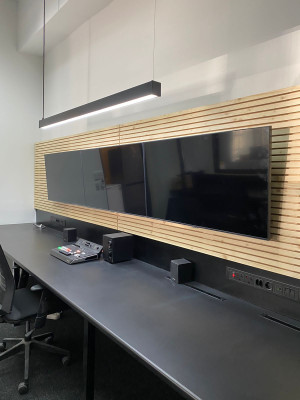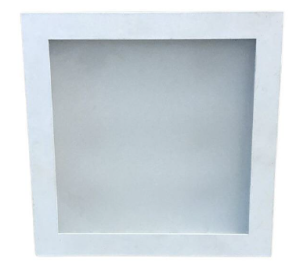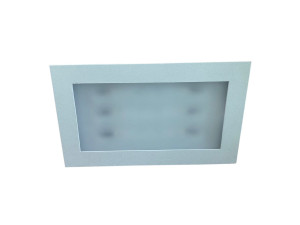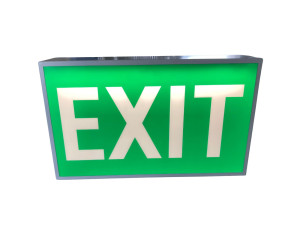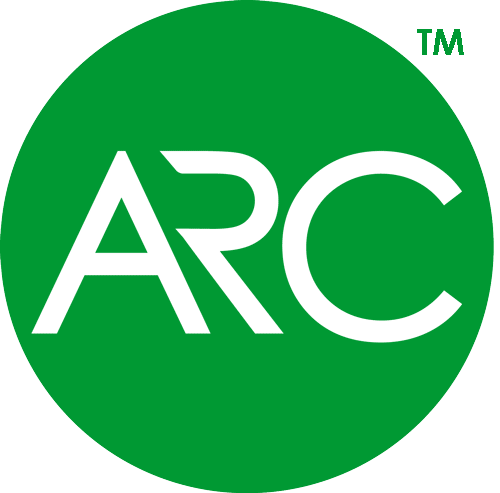Office
Toilets, Conference & Meeting Rooms, Reception Areas, Open Plan Offices
The choice of luminaires for offices is governed by a number of factors: Aesthetics. The luminaire style (recessed, surface or suspended) is often dictated by architectural requirements, particularly ceiling type. The work environment. Lighting can have a significant impact on worker efficiency, health, well-being and comfort. These can impact the speed and accuracy of work, so need to be considered carefully. Task requirements. Some offices are used solely for paper-based work, others solely for screen work, but the majority of office tasks require a combination of both. Therefore luminaires with optimal distribution patterns and output levels to match the tasks being undertaken should be selected. Greater emphasis is being placed on creating visually stimulating and interesting places to work, which means that office designs are becoming more flexible and less uniform. Hot-desking and break-out spaces are being incorporated, and this necessitates changing the way offices are lit. It is important that luminaires comply with the luminance limits set out in the CIBSE: SLL Lighting Guide 7 - Offices 2015 to ensure user comfort and avoid distracting reflections in computer screens. The limits vary from 1,000 cd/m² to 3,000 cd/m² depending on the type of screen and software being used. It’s important to ensure the luminaire complies with these limits. Unified Glare Rating (UGR) must also be calculated for the space, typically UGR should not exceed an index of 19 for office work spaces.


